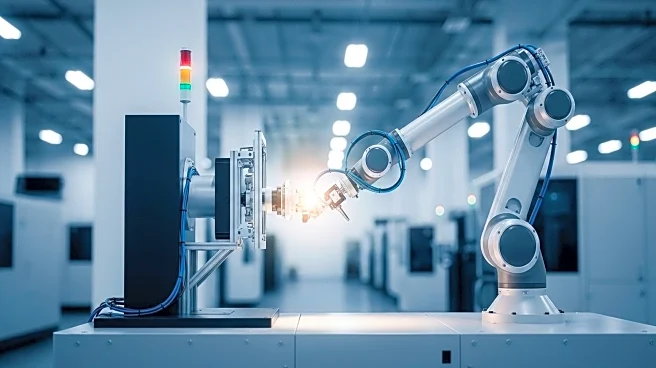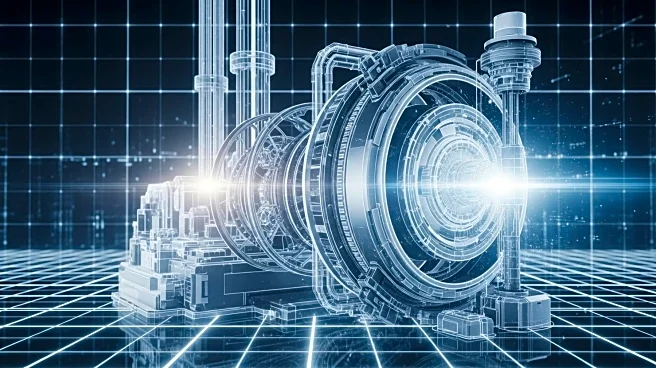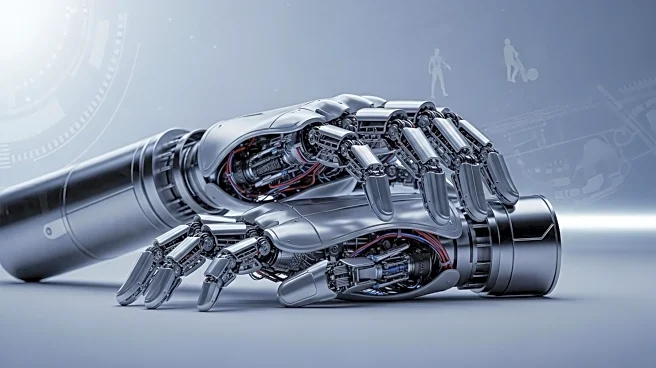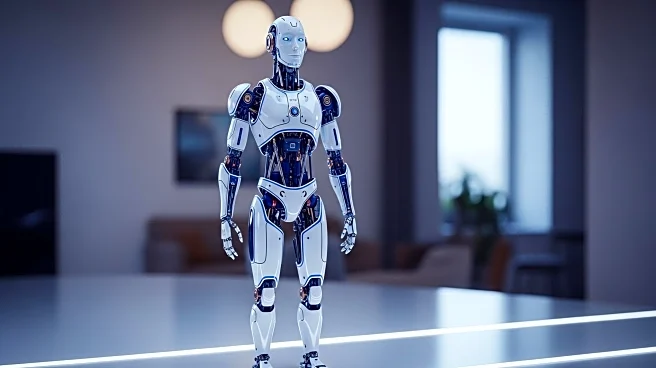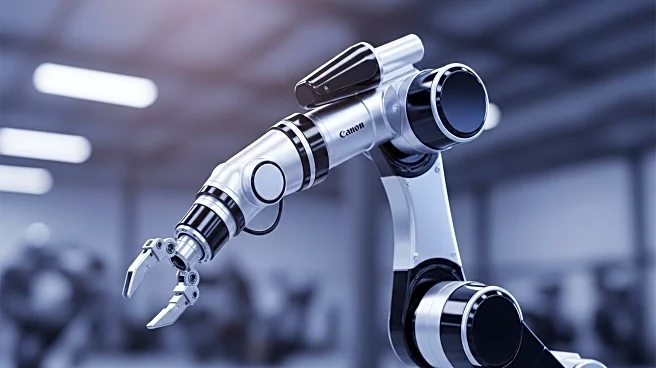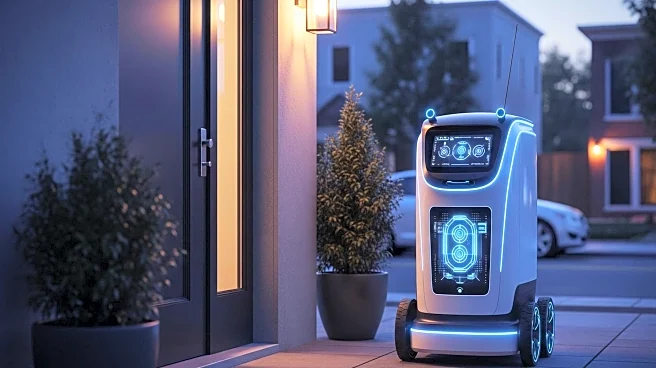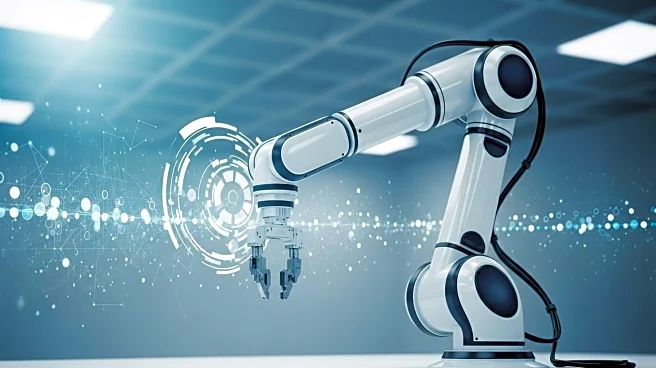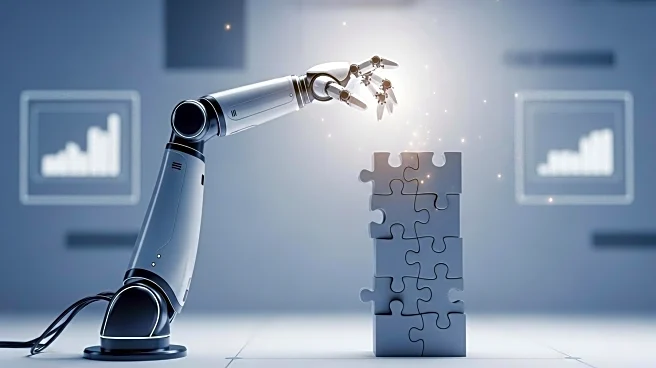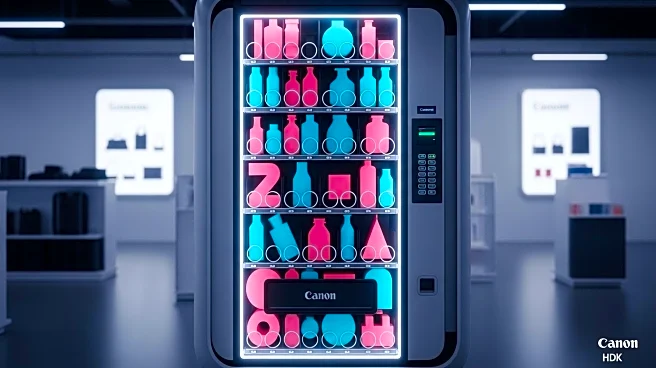What's Happening?
The manufacturing industry is facing a significant talent shortage, with projections indicating that 2.8 million workers will retire by 2033, and an additional 1 million roles will be created due to industry advancements and regulations. This situation presents a challenge for manufacturers, as nearly half of businesses cite attracting and retaining talent as a top concern. The industry is increasingly characterized by advanced technology, including automation, AI, and robotics, yet it struggles with a perception problem among younger generations. Many young workers view manufacturing as outdated and inflexible, which deters them from pursuing careers in the field. To address this, manufacturers are focusing on correcting public perception and demonstrating the dynamic and innovative nature of modern manufacturing careers.
Why It's Important?
The talent shortage in manufacturing has significant implications for the industry and the broader economy. As manufacturing is a critical component of the global economy, driving innovation and producing essential goods, the inability to attract young talent could threaten business continuity and economic growth. Gen Z workers, who prioritize clear growth paths and meaningful work, represent a vital pool of potential employees. By embracing advanced technology and offering career development opportunities, manufacturers can appeal to this tech-savvy generation, ensuring a steady influx of skilled workers. This shift not only addresses immediate staffing needs but also positions the industry for long-term resilience and success.
What's Next?
Manufacturers are expected to continue integrating advanced technology and digital transformation to attract younger workers. This includes offering internships, mentorships, and engaging with local communities to showcase the innovation and opportunities within the industry. As these efforts gain traction, manufacturers may see an increase in interest from Gen Z workers, who are looking for careers that offer growth and purpose. The industry will need to maintain momentum in these initiatives to effectively bridge the generational gap and secure a sustainable workforce for the future.
Beyond the Headlines
The shift towards embracing technology in manufacturing not only addresses the talent shortage but also contributes to greener operations and improved quality control. By removing humans from lower-level, dangerous jobs, manufacturers can enhance workplace safety and appeal to younger generations who value ethical and sustainable practices. This transformation could lead to a cultural shift within the industry, redefining manufacturing as a high-tech, innovative field that attracts purpose-driven workers.
